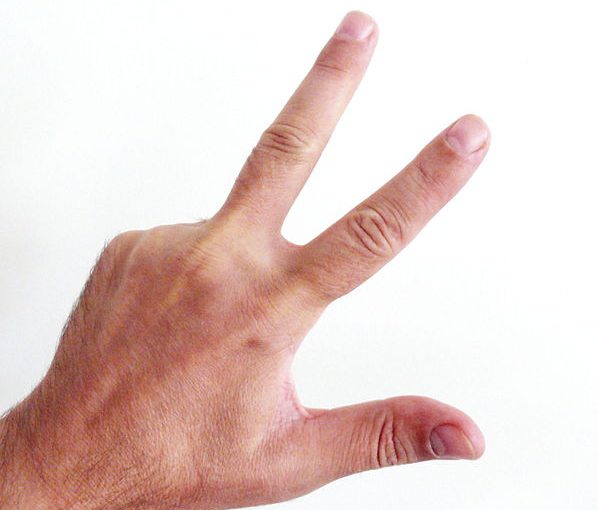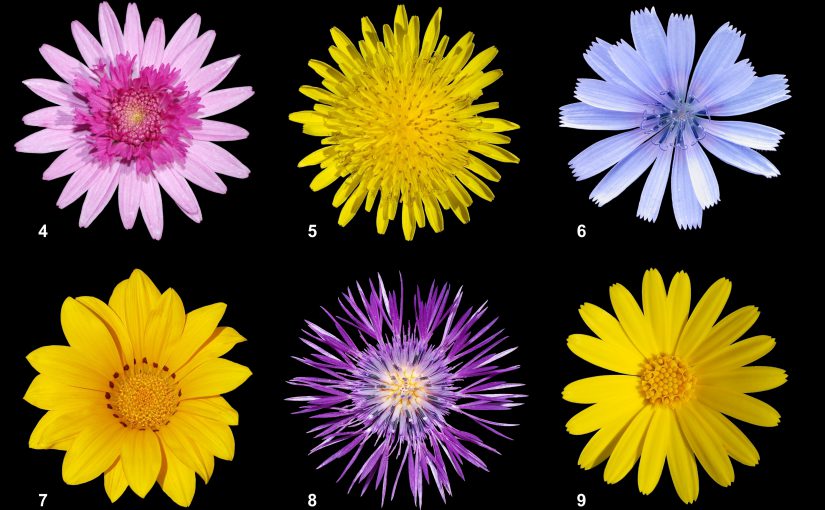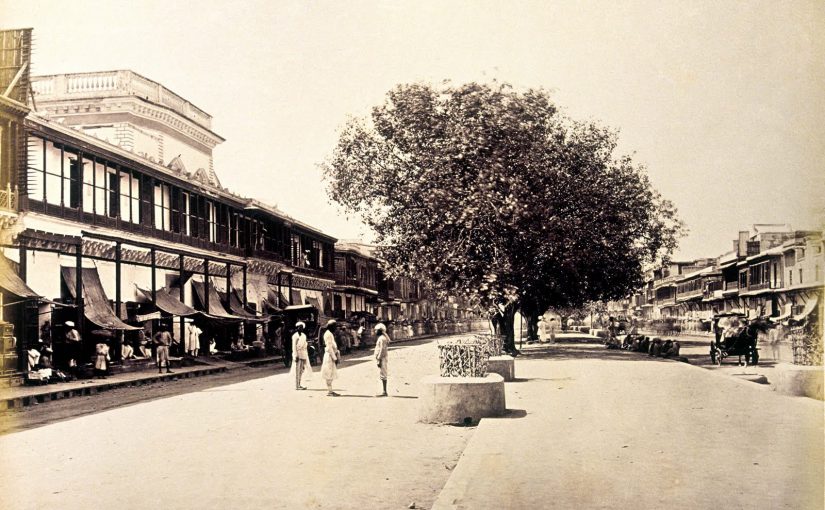-
How to make things stick? Three volunteers.

Helping students to revise chronology The teacher provides ten items (on separate pieces of paper) that need to be put in the right chronological order. Three volunteers do this together, e.g. by sticking the pieces of paper on the wall. When they are done, the class may ask them questions/ask them to justify their results.…
-
Silent Conversation

Helping students to participate in the development of ideas in depth When exploring a topic in-depth, this “discussion technique” may encourage the participation of students who do not feel comfortable during verbal exchange. Step one: Preparation First, you will need to select the “stimulus” – the material that students will respond to. As the stimulus…
-
Teaching Strategy: Which Portrait Should Stay?

Helping students to define and justify significance Students imagine they are re-organising a gallery. They have to choose between the portraits of two well-known individuals – only one of them can stay on the wall. First, they write down what they think they already know about the two. Then they look at sources to find…
-
Teaching Strategy: Analysing People’s Motives

Helping students to compare and contrast motives Where many historical actors are involved in the same event or change, the skill of multiperspectivity can be trained by analysing the motives of each of them very carefully. This brings out for students the common goals as well as the factors that distinguish the motives of some…
-
Teaching Strategy: Developing a Sense of Place

Helping students to develop a sense of place and period, a crucial part of thinking historically Students often have problems thinking historically because they do not know enough about the time and place they are trying to think about. For example, how can we expect a student to analyse propaganda posters from World War One…